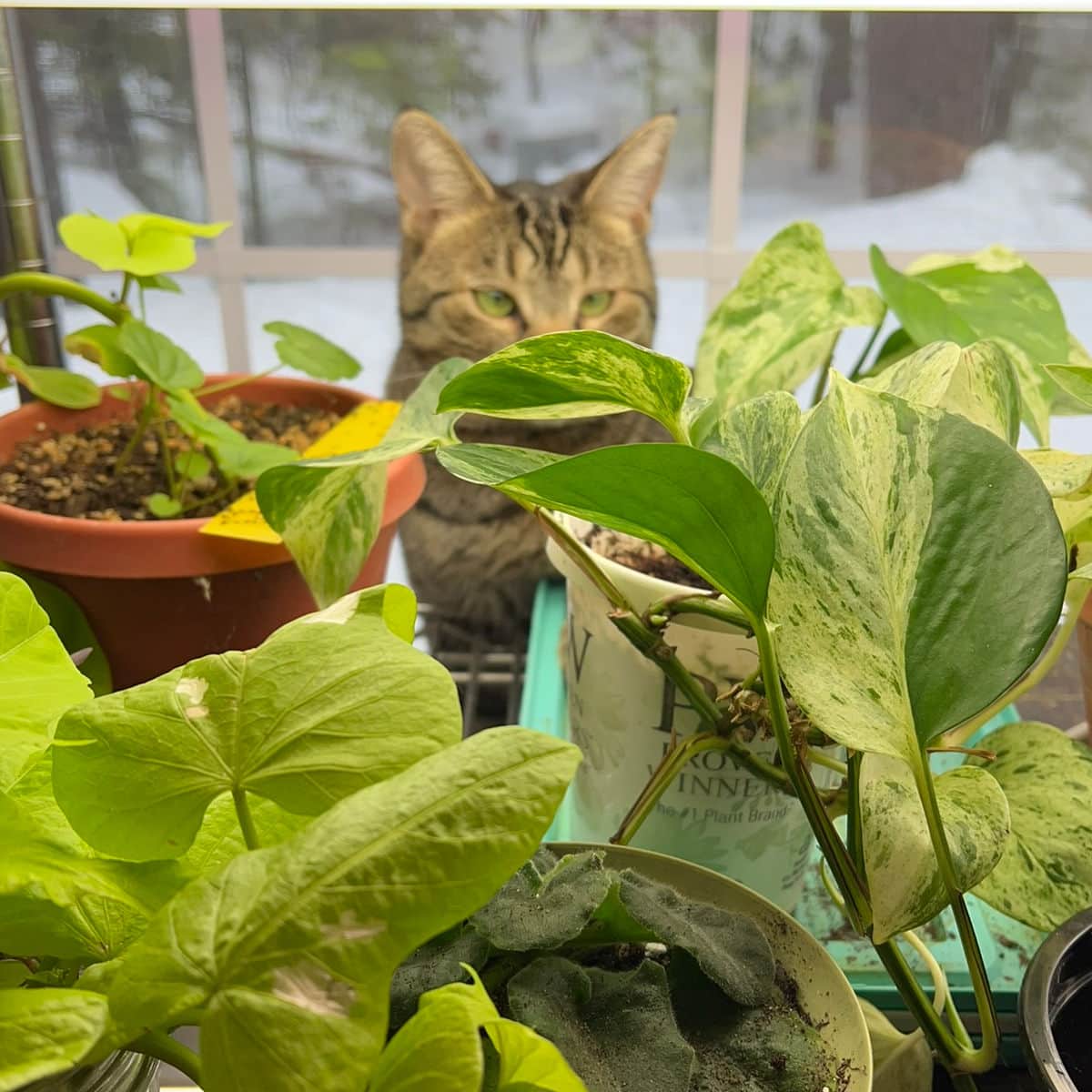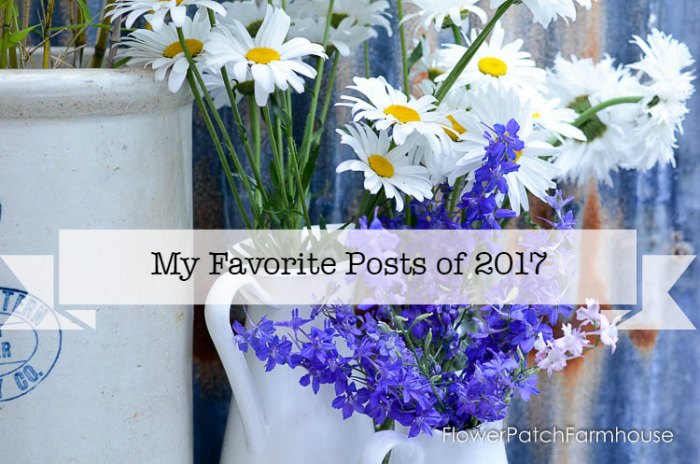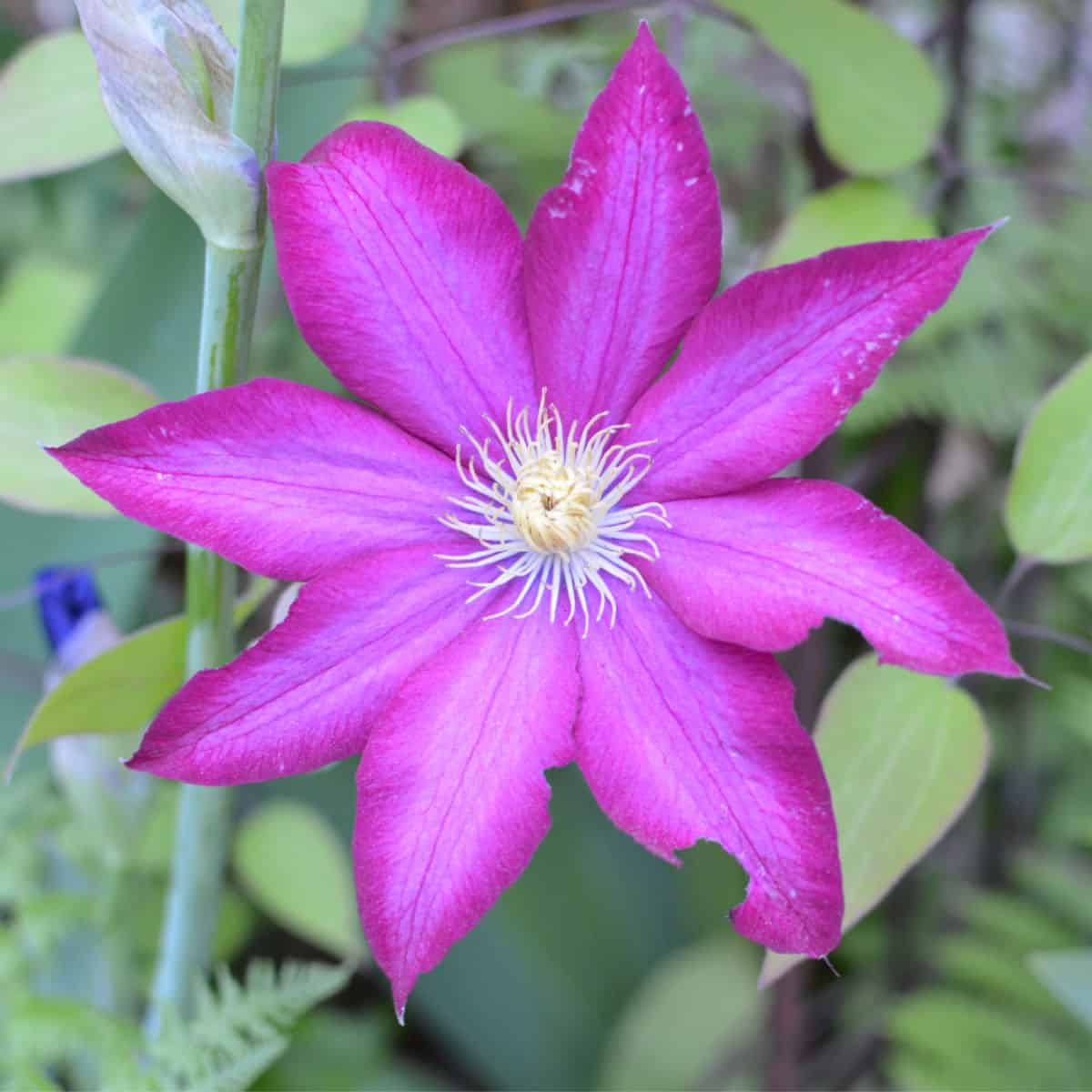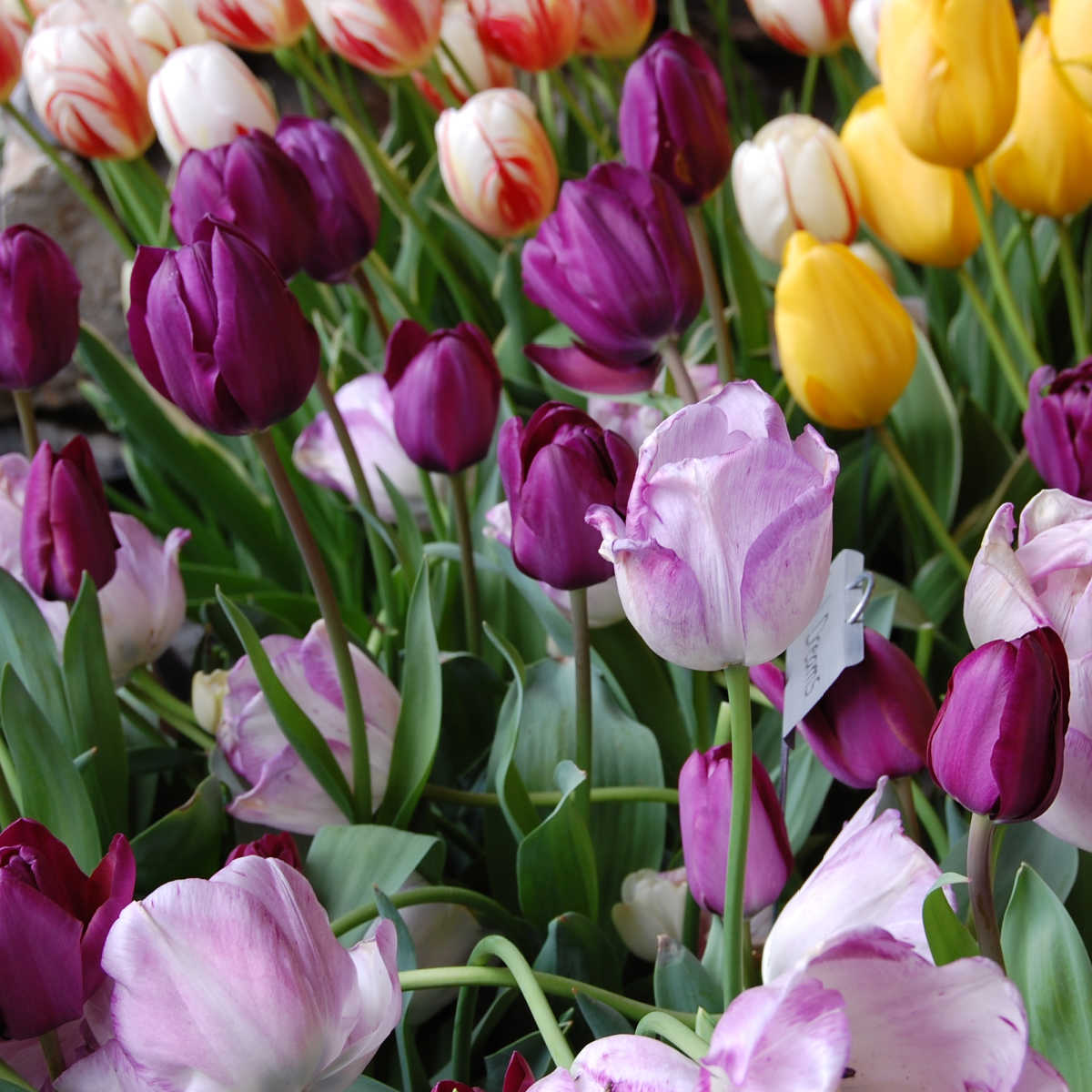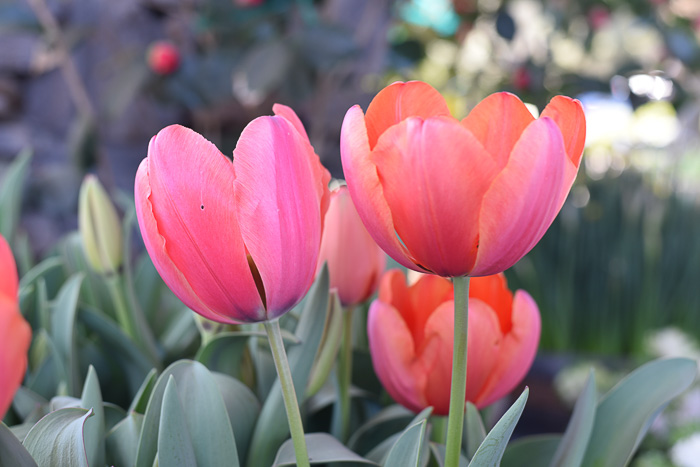Miss Kim Lilac
“Discover the Secrets to Growing Stunning Miss Kim Lilac in Your Garden”
Miss Kim Lilac is a popular ornamental shrub that is known for its stunning, fragrant purple flowers and hardy nature. These shrubs are relatively easy to grow and maintain, making them an excellent addition to any garden or landscape.
This lilac is upright, compact lilac and blooms later than others, extending the season with deep purple buds that open up to clusters of highly fragrant, lavender-blue flowers.
Enjoy the burgundy-tinged foliage in fall in USDA Zones 4-8. (we push the limits around here and have seen it grow in zone 9 as well)
Miss Kim Lilacs is a hardy specimen that performs in southern regions, with excellent powdery mildew resistance.
This is a very slow-growing plant and will eventually reach 6 to 8 feet. Most Korean lilacs don’t seem to produce suckers as others will and may be a great choice for those that don’t like dealing with them.
In this blog post, we will provide you with a quick guide on how to grow Miss Kim Korean Lilacs.
Planting Miss Kim Lilac
Miss Kim Korean Lilacs are relatively easy to grow, and they can thrive in a wide range of soil types. However, they prefer well-draining soil that is rich in organic matter.
When planting Miss Kim Korean Lilacs, it’s essential to choose a location that receives full sun or partial shade. They bloom best in 6 hours of sunlight per day.
The soil should be moist but not waterlogged, and the plant should be planted at the same depth it was in its nursery container.
See more extensive instructions here: Related: Planting Lilacs in Your Garden
Watering Miss Kim Korean Lilac
After they have gotten established Miss Kim Korean Lilacs are relatively drought-tolerant and can survive periods of drought.
However, they still require regular watering to thrive.
In dry weather irrigating with 1 inch per week is plenty. Avoid overwatering, as this can lead to root rot and other problems.
Fertilizing
Miss Kim Korean Lilacs do not require heavy fertilization, but they do benefit from occasional light feeding.
A slow-release fertilizer should be applied in the early spring, just as the plant begins to produce new growth. I prefer to use a layer of compost.
Too much nitrogen can promote lush, weak growth that is more prone to disease and pest infestation. Also one of the causes of no blooms on lilacs is too much fertilizer.
Pruning
Miss Kim Korean Lilacs should be pruned regularly to keep them healthy and looking their best.
Pruning should be done right after it has finished blooming. Dead, damaged, or diseased branches should be removed, as well as any crossing branches or branches that are rubbing against each other.
The plant can also be lightly pruned to maintain its shape and size.
See How To Prune Lilacs for optimum Bloom for a more in-depth discussion!
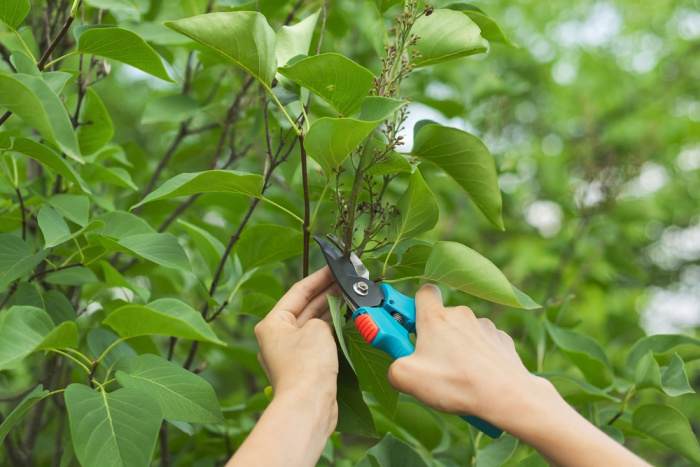
Pests and Diseases
Miss Kim Korean Lilacs are relatively resistant to pests and diseases, but they can still be affected by a few common problems.
Most problems can be avoided by not overloving plants. Overfeeding and watering can produce weak growth that is more susceptible.
Scale insects, spider mites, and powdery mildew are some issues that can affect Miss Kim Korean Lilacs.
Be careful with using pesticides or fungicides, either one can seriously harm our friendly pollinator friends, even the organic ones. I prefer to rely on good healthy soil that makes for healthy plants that can fend off pests naturally.
Powdery mildew can be prevented somewhat by making sure the plant gets good air circulation. This is where some judicious pruning done at the right time can help. Especially if you live in a damp climate.
Always aim for varieties and plant species that thrive in your local conditions, you will have easier maintenance and not need sprays or other environmentally harmful mitigation.
In conclusion, Miss Kim Korean Lilacs are stunning and hardy shrubs that can thrive in a wide range of soil types and growing conditions.
With proper planting, watering, fertilization, and pruning, your Miss Kim Korean Lilac can thrive and add beauty to your garden or landscape for years to come.
